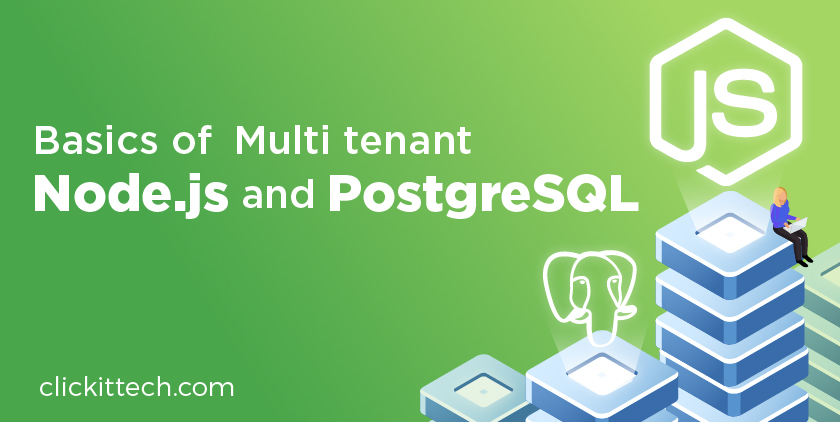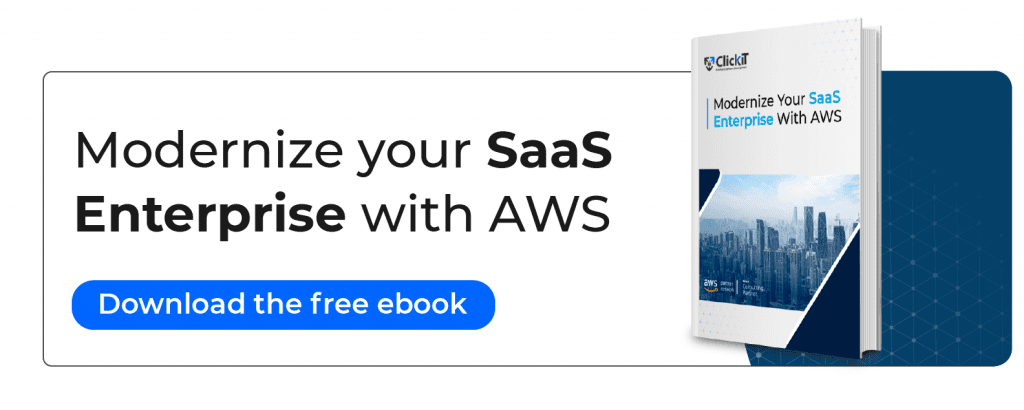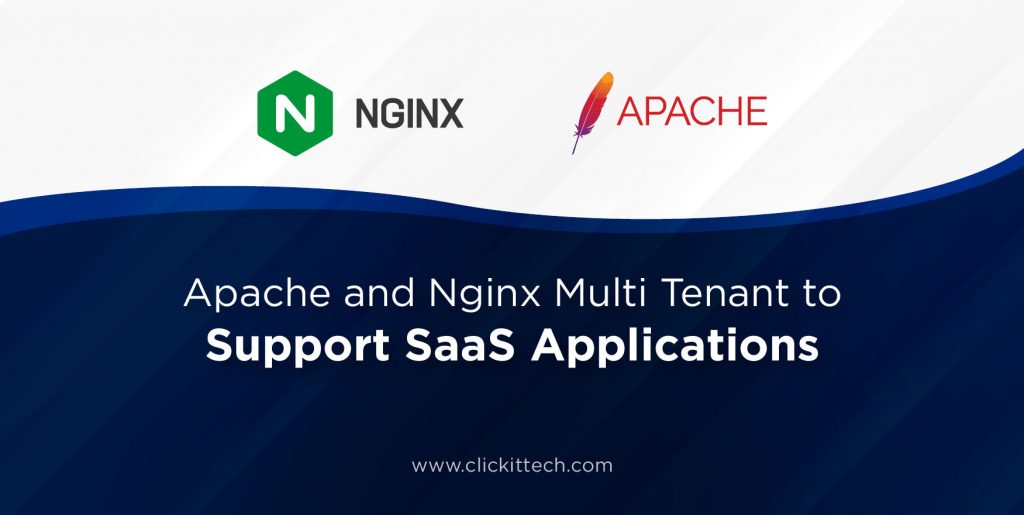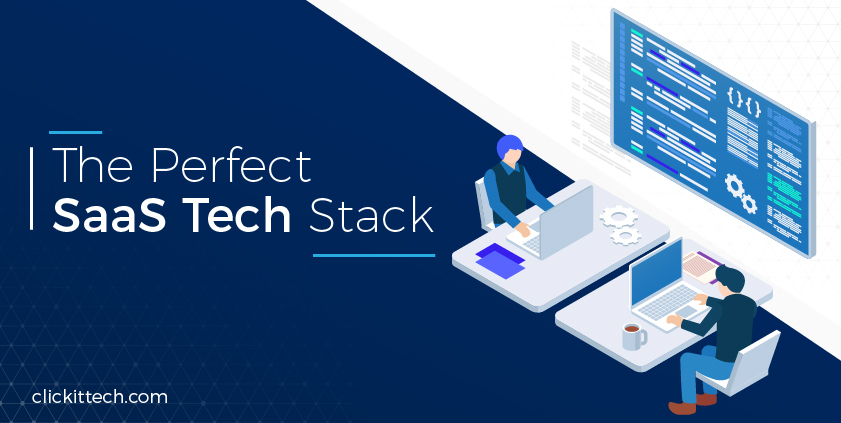Can February march? No, but April may. 😂
I know it was a terrible joke, but I also know if you keep reading this article, you will learn the basics of how to create your own basic multi-tenant Node.js and PostgreSQL API.
Table of contents
- How does a multi tenant architecture work?
- When you must use multi tenancy?
- Why?
- You wanna code?
- Multi tenancy Node.js and PostgreSQL
- So cool!
How does a multi tenant architecture work?
Well, basically, you have a codebase running in a shared infrastructure but keeping an isolated database for each client.
Think in Jira, Jira is the most popular online tool for managing project tasks, tracking errors and issues, and for operational project management where each organization has its own dashboard accessed via custom subdomain where A and B have access to the same features, receive the same updates, but the issues, tickets, comments, users, etc. of A cannot be accessed by B and vice-versa.
Slack is another example of multi-tenancy and works in the same way as Jira does… of course, in this case, we will talk about users, channels, PM, notifications, etc.
Now we’ve covered what is a multi tenant architecture and how it works, but if you still have some questions about it, here’s a blog that can help you review the differences between Single Tenant vs Multi Tenant.
When you must use multi tenancy?
Just imagine you have been working for a long time in an awesome application that can be offered as a SaaS, there are different ways to offer a SaaS application but if your software needs to keep a database isolated, but providing the same features to each customer, then needs it.
If you’re looking to create your own SaaS application on AWS, I highly recommend you this amazing article called Multi tenant Architecture SaaS Application on AWS!
Why Multi tenant Node.js?
One of the benefits of the multi tenant Node.js application is the maintainability of the code base because the code will always be the same for all clients, if a client reports a problem, the solution will be applied to their other 999 clients. Just note that if you enter an error, it will also apply to all clients. And what happens with the administration of the database, maybe it could be a little more complicated, but following the appropriate patterns and conventions, everything will be fine, there are different approaches to managing databases (segregation in distributed servers, databases of separate data sets, a database but separate schemas, row isolation) and of course each has pros and cons.
We’ve created many other Multi tenant and SaaS articles to help you continue learning. Take a look!
You wanna code?
I selected the separate databases as database approach because I think is easier for this example, also, due the sequelize requires a lot of configuration I used knex instead.
I going to focus on the specific files required to do the multi tenancy Node.js and PostgreSQL workflow.
Read our blog PostgreSQL vs MySQL
Multi tenancy Node.js and PostgreSQL
Create a common database to manage the tenants
CREATE DATABASE tenants_app; CREATE TABLE tenants ( id SERIAL PRIMARY KEY, uuid VARCHAR(255) UNIQUE NOT NULL, db_name VARCHAR(100) UNIQUE NOT NULL, db_username VARCHAR(100), db_password TEXT, created_at TIMESTAMP DEFAULT NOW(), updated_at TIMESTAMP DEFAULT NOW() );
Database.js: Establishes the connection to the main database
const knex = require('knex')
const config = {
client: process.env.DB_CLIENT,
connection: {
user: process.env.DB_USER,
host: process.env.DB_HOST,
port: process.env.DB_PORT,
database: process.env.DB_DATABASE,
password: process.env.DB_PASSWORD
}
}
const db = kenx(config)
module.exports = { db, config } Connection-service.js: Used to prepare the tenant database connection, in other words, the connection used to run queries in the proper database
const knex = require('knex')
const { getNamespace } = require('continuation-local-storage')
const { db, config } = require('../config/database') let tenantMapping
const getConfig = (tenant) => {
const { db_username: user, db_name: database, db_password: password } = tenant
return {
...config,
connection: {
...config.connection,
user,
database,
password
}
}
}
const getConnection = () => getNamespace('tenants').get('connection') || null
const bootstrap = async () => {
try {
const tenants = await db
.select('uuid', 'db_name', 'db_username', 'db_password')
.from('tenants')
tenantMapping = tenants.map((tenant) => ({
uuid: tenant.uuid,
connection: knex(getConfig(tenant))
}))
} catch (e) {
console.error(e)
}
}
const getTenantConnection = (uuid) => {
const tenant = tenantMapping.find((tenant) => tenant.uuid === uuid)
if (!tenant) return null
return tenant.connection
} Tenant-service.js: used to create a database for each new client, using the same database structure and used to delete it if is required.
const Queue = require('bull')
const { db } = require('../config/database')
const migrate = require('../migrations')
const seed = require('../seeders')
const { bootstrap, getTennantConnection } = require('./connection')
const up = async (params) => {
const job = new Queue(
`setting-up-database-${new Date().getTime()}`,
`redis://${process.env.REDIS_HOST}:${process.env.REDIS_PORT}`
)
job.add({ ...params })
job.process(async (job, done) => {
try {
await db.raw(`CREATE ROLE ${params.tenantName} WITH LOGIN;`) // Postgres requires a role or user for each tenant
await db.raw(
`GRANT ${params.tenantName} TO ${process.env.POSTGRES_ROLE};`
) // you need provide permissions to your admin role in order to allow the database administration
await db.raw(`CREATE DATABASE ${params.tenantName};`)
await db.raw(
`GRANT ALL PRIVILEGES ON DATABASE ${params.tenantName} TO ${params.tenantName};`
)
await bootstrap() // refresh tenant connections to include the new one as available
const tenant = getTenantConnection(params.uuid)
await migrate(tenant) // create all tables in the current tenant database
await seed(tenant) // fill tables with dummy data
} catch (e) {
console.error(e)
}
})
} Tenant.js: a controller used to handle the request to list, create or delete a tenant
const { db } = require('../config/database')
const { v4: uuidv4 } = require('uuid')
const generator = require('generate-password')
const slugify = require('slugify')
const { down, up } = require('../services/tenant-service')
// index
const store = async (req, res) => {
const {
body: { organization }
} = req
const tenantName = slugify(organization.toLowerCase(), '_')
const password = generator.generate({ length: 12, numbers: true })
const uuid = uuidv4()
const tenant = {
uuid,
db_name: tenantName,
db_username: tenantName,
db_password: password
}
await db('tenants').insert(tenant)
await up({ tenantName, password, uuid })
return res.formatter.ok({ tenant: { ...tenant } })
}
const destroy = async (req, res) => {
const {
params: { uuid }
} = req
const tenant = await db
.select('db_name', 'db_username', 'uuid')
.where('uuid', uuid)
.from('tenants')
await down({
userName: tenant[0].db_username,
tenantName: tenant[0].db_name,
uuid: tenant[0].uuid
})
await db('tenants').where('uuid', uuid).del()
return res.formatter.ok({ message: 'tenant was deleted successfully' }) }
module.exports = {
// index,
store,
destroy
} As you can see in the images below now the API is able to create multiple clients, sharing the services, endpoints and other stuff but keeping isolated the databases.




So cool!
Yup, multi tenant Node.js and PostgreSQL are not as complicated as it sounds, of course, there are many things to consider such as infrastructure, CI/CD, best practices, software patterns, but just handle each one at a time and everything will be fine. As you can see, this architecture can help your business scale as high as you want because the cloud is the limit, and the cloud has no limits for now.
At ClickIT, we can provide the entire set of tools and knowledge necessary to prepare your multi-tenant Node.js application, so feel free to reach us anytime you need something regarding multi-tenancy.
This blog is also published on Medium













